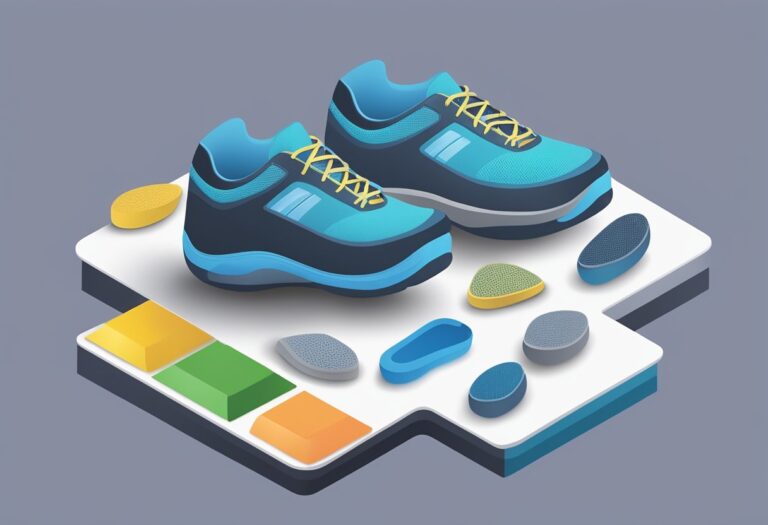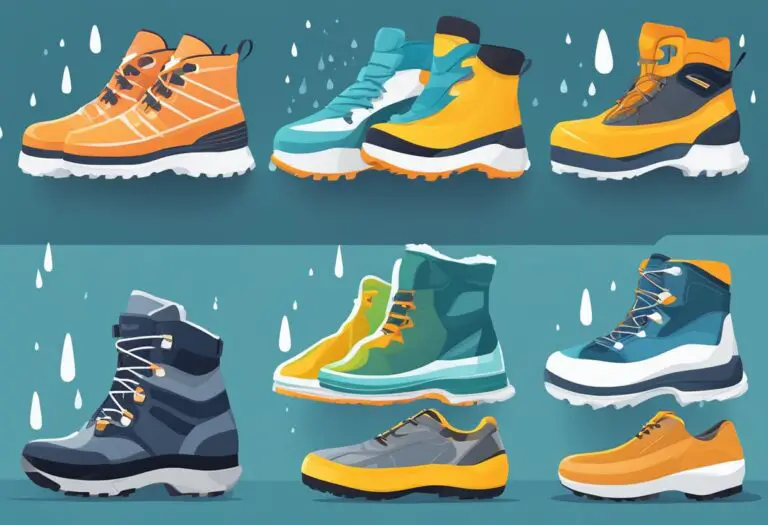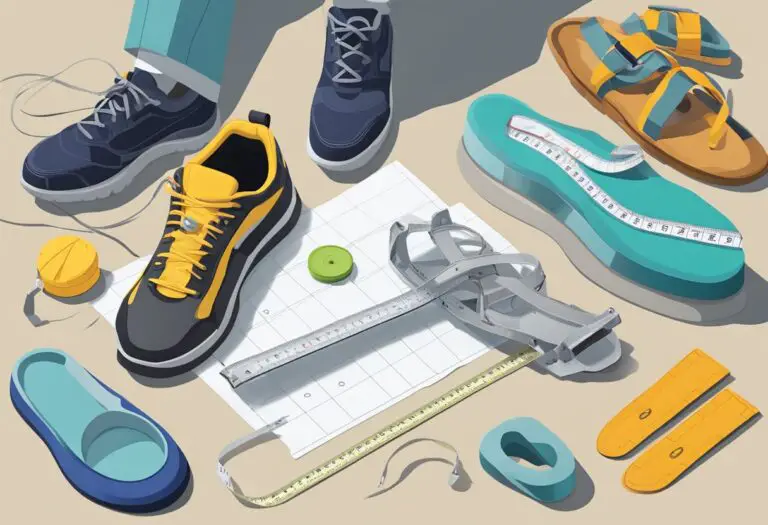What are the best shoe materials for durability and comfort?
Best Shoe Materials for Durability and Comfort: A Comprehensive Guide
Shoes are an essential part of everyone’s wardrobe, and choosing the right pair can make all the difference in terms of comfort and durability. With so many different materials available, it can be challenging to determine which ones are the best for your needs. This article will explore the various shoe materials and their pros and cons in terms of durability and comfort.

One of the most popular materials for shoes is leather. Leather is known for its durability and ability to conform to the shape of the wearer’s foot over time, providing a comfortable fit. However, leather can be quite expensive, and it requires regular maintenance to keep it looking its best. Additionally, leather may not be the best option for those who live in wet or humid climates, as it can become waterlogged and damaged.
Another common shoe material is synthetic fabrics, such as nylon or polyester. These materials are often used in athletic shoes and are known for their lightweight and breathable properties. They are also typically less expensive than leather and require less maintenance. However, synthetic fabrics may not be as durable as leather and may not conform to the wearer’s foot as well.
Understanding Shoe Materials

When it comes to shoes, the materials used play a crucial role in determining their durability and comfort. Understanding the different types of materials and their properties can help you make an informed decision when choosing the right pair of shoes.
Natural vs Synthetic Materials
Shoes can be made from either natural or synthetic materials, or a combination of both. Natural materials such as leather, suede, and canvas are breathable and provide a comfortable fit. They are also durable and can last for a long time if properly cared for.
On the other hand, synthetic materials such as nylon, polyester, and rubber are often used in sport shoes due to their lightweight and moisture-wicking properties. They are also more affordable than natural materials and can be easier to care for.
Material Properties and Durability
The properties of the materials used in shoes can affect their durability and comfort. For example, leather is known for its durability and can withstand wear and tear better than other materials. It is also breathable and can mold to the shape of the foot over time, providing a comfortable fit.
Rubber, on the other hand, is known for its slip-resistant properties and is often used in the soles of shoes. It is also durable and can withstand exposure to water and other harsh elements.
When choosing shoes, it is important to consider the materials used and their properties to ensure that they will provide the right balance of durability and comfort. By understanding the different types of materials and their properties, you can make an informed decision and choose the best pair of shoes for your needs.
Materials for Durability

When it comes to choosing the best shoe materials for durability, there are a few options that stand out from the rest. Here are some of the most popular materials for making long-lasting shoes:
Leather
Leather is a classic shoe material that has been used for centuries. It is known for its durability and ability to conform to the shape of the wearer’s foot over time. Leather shoes are also breathable, which helps to prevent foot odor and keep feet dry. However, leather shoes can be expensive and require regular maintenance to keep them looking their best.
Rubber
Rubber is another popular shoe material that is known for its durability. Rubber shoes are often used for athletic activities because they provide excellent traction and support. They are also waterproof, which makes them ideal for rainy or wet conditions. However, rubber shoes can be heavy and may not be as breathable as other materials.
Advanced Synthetics
Advanced synthetic materials are becoming increasingly popular for making durable shoes. These materials are often lightweight, breathable, and moisture-wicking, which makes them ideal for athletic activities. They are also often more affordable than leather shoes and require less maintenance. However, some synthetic materials may not be as durable as leather or rubber.
Overall, when it comes to choosing the best shoe materials for durability, it is important to consider your needs and preferences. Leather, rubber, and advanced synthetics are all great options, but each has its own advantages and disadvantages. By weighing these factors carefully, you can choose the best shoe material for your needs and enjoy comfortable, long-lasting footwear.
Materials for Comfort
When it comes to shoe materials for comfort, there are several options available. Each material has its own unique properties that contribute to the overall comfort of the shoe. Here are some of the most popular materials for comfort:
Foam Cushioning
Foam cushioning is a popular material for shoe manufacturers because it provides excellent comfort and support. The foam is made of tiny air pockets that compress when weight is applied, which helps to absorb shock and reduce pressure on the feet. Some of the most popular types of foam cushioning include EVA, PU, and memory foam.
Textiles
Textiles are another popular material for shoe manufacturers because they are lightweight, breathable, and comfortable. Some of the most popular textiles used in shoes include mesh, knit, and canvas. These materials allow air to flow freely through the shoe, which helps to keep the feet cool and dry. Additionally, textiles are often used in the lining of shoes to provide additional comfort and cushioning.
Gel Insoles
Gel insoles are a popular choice for people who suffer from foot pain or discomfort. The gel is designed to provide cushioning and support to the feet, which can help to reduce pain and fatigue. Gel insoles are often used in athletic shoes, but they can also be used in everyday shoes for added comfort.
Overall, there are many different materials that can be used to make shoes more comfortable. Whether you prefer foam cushioning, textiles, or gel insoles, there is a material out there that can provide the comfort and support you need.
Balancing Durability and Comfort

When it comes to shoes, finding the right balance between durability and comfort can be a challenge. While some materials are more durable, they may not be as comfortable, and vice versa. However, there are certain material combinations and innovations in shoe technology that can help strike a balance between the two.
Material Combinations
One way to achieve both durability and comfort is by using a combination of materials. For example, leather is a durable material that can withstand wear and tear, but it can be stiff and uncomfortable when new. By combining leather with a softer material like suede or mesh, the shoe can become more comfortable without sacrificing durability.
Another popular material combination is rubber and foam. Rubber is a durable material that can provide traction and support, while foam is cushiony and comfortable. By using both materials in the sole of a shoe, it can provide both durability and comfort for the wearer.
Innovations in Shoe Technology
In recent years, there have been many innovations in shoe technology that have helped improve both durability and comfort. For example, some shoes now use Gore-Tex technology, which is a waterproof and breathable material that can keep feet dry and comfortable in wet conditions.
Another innovation is the use of memory foam insoles. Memory foam molds to the shape of the foot, providing customized support and cushioning. This can help improve comfort for the wearer, while still maintaining durability in the shoe.
Overall, finding the right balance between durability and comfort in shoes requires a combination of material choices and innovative technology. By considering these factors, it is possible to find shoes that can withstand wear and tear, while still providing optimal comfort for the wearer.







